Standard Precautions
Standard Precautions
Standard precautions should be followed for the care of patients even when the presence of an infectious agent is not apparent, or when the risk may be negligible. Standard precautions include:
- Hand hygiene
- The use of personal protective equipment
- Respiratory hygiene/cough etiquette by the rescuer
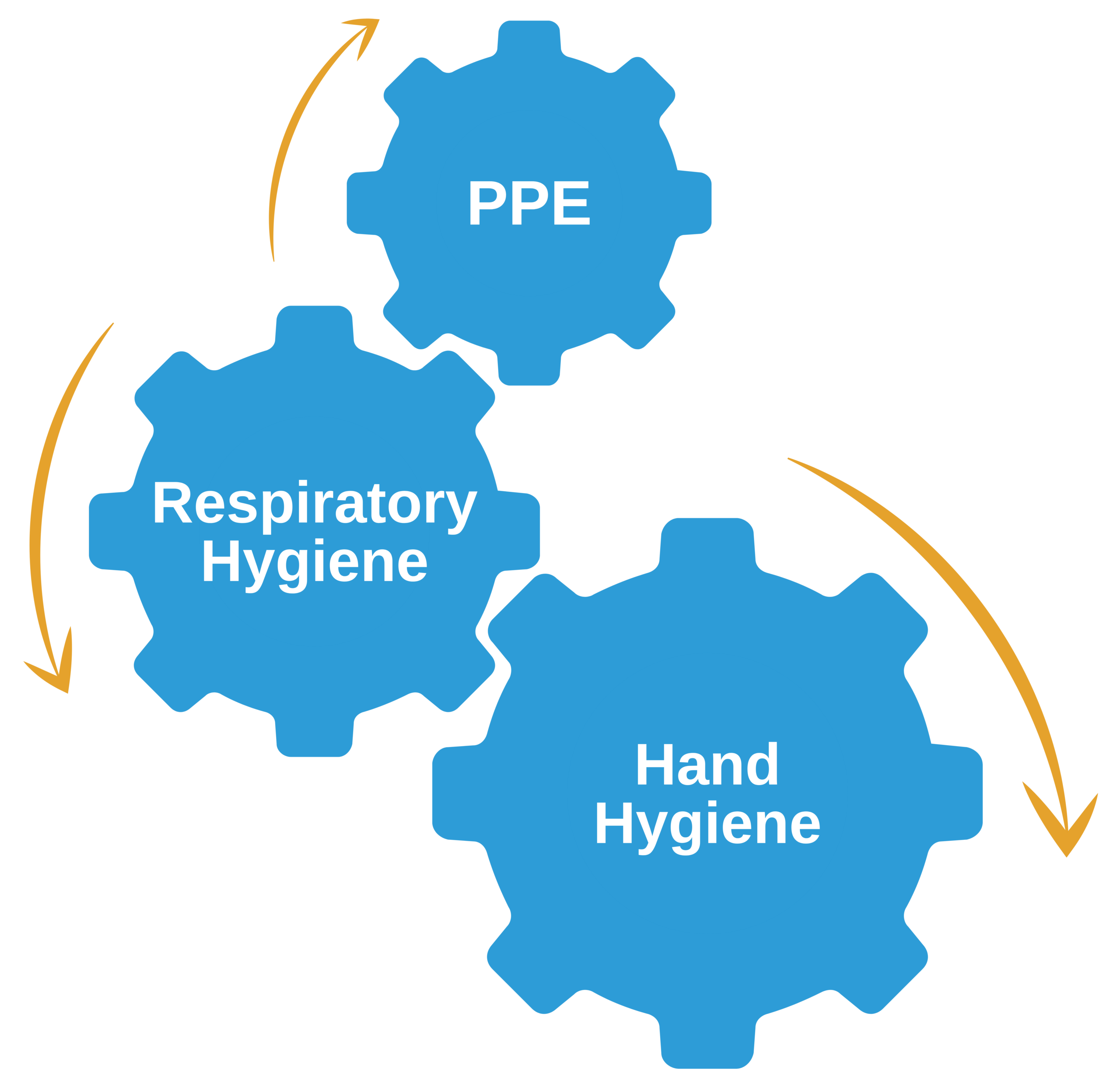
The Elements of Standard Precautions
Key Takeaway
Before responding to an emergency, observe standard precautions:
- Hand hygiene
- Personal protective equipment (PPE)
- Respiratory etiquette
Hand Hygiene
Hand hygiene involves washing the hands with either soap and water or using alcohol-based hand disinfectants. Hand hygiene is the most critical measure to reduce the transmission of bloodborne pathogens from one person to another and from one site to another. The primary challenge with hand hygiene is overlooking it rather than the lack of quality products.
The World Health Organization (WHO) has a global initiative known as the Save Lives: Clean Your Hands. It utilizes five key moments when a healthcare provider should perform hand hygiene:

WHO Moments for Hand Hygiene
Key Takeaway
SAVE LIVES: Clean your hands properly
- Before touching a patient
- Before a clean/aseptic procedure
- After body fluid exposure
- After touching a patient
- After touching patient surroundings
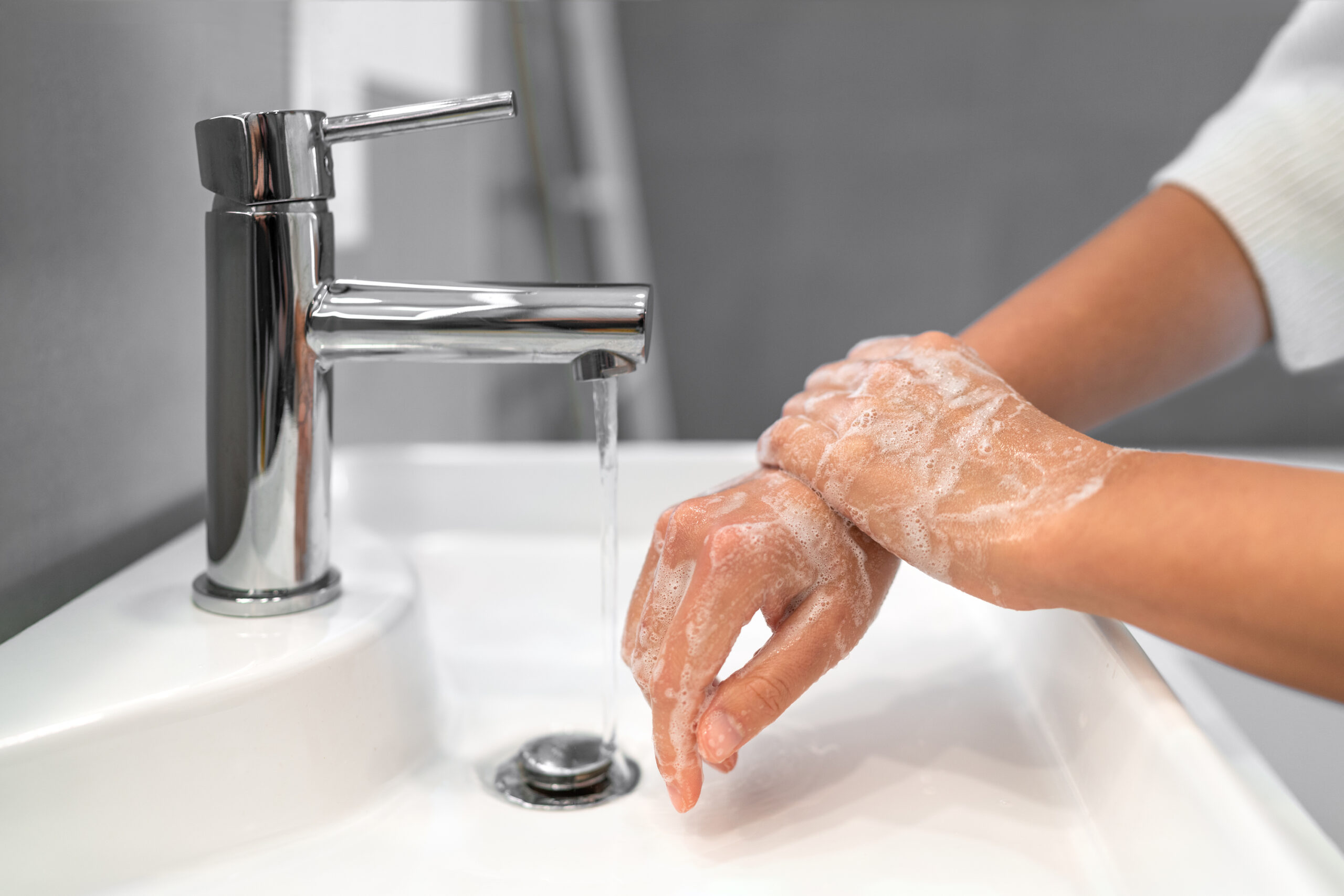
Handwashing involves several specific steps.
Soap and Water
Performing proper hand hygiene with soap and water utilizes the following:
- Turn on the faucet first; Ideally, this can be done with a paper towel.
- Wet the hands with water.
- Apply soap to cover the hands.
- Rub the hands together vigorously to create a lather for at least 20 seconds, covering all surfaces of the hands and fingers.
- Rinse hands very well with a large amount of water, and dry thoroughly with a disposable towel.
- Use the towel to turn off the faucet and then dispose of the towel properly.
Liquid, bars, leaflets, or powdered forms of plain soap are acceptable products when washing your hands with soap and water. Soap bar holders must have drainage to prevent the pooling of water and harboring pathogens. In the healthcare setting, providers should not use multiple-use cloth towels.
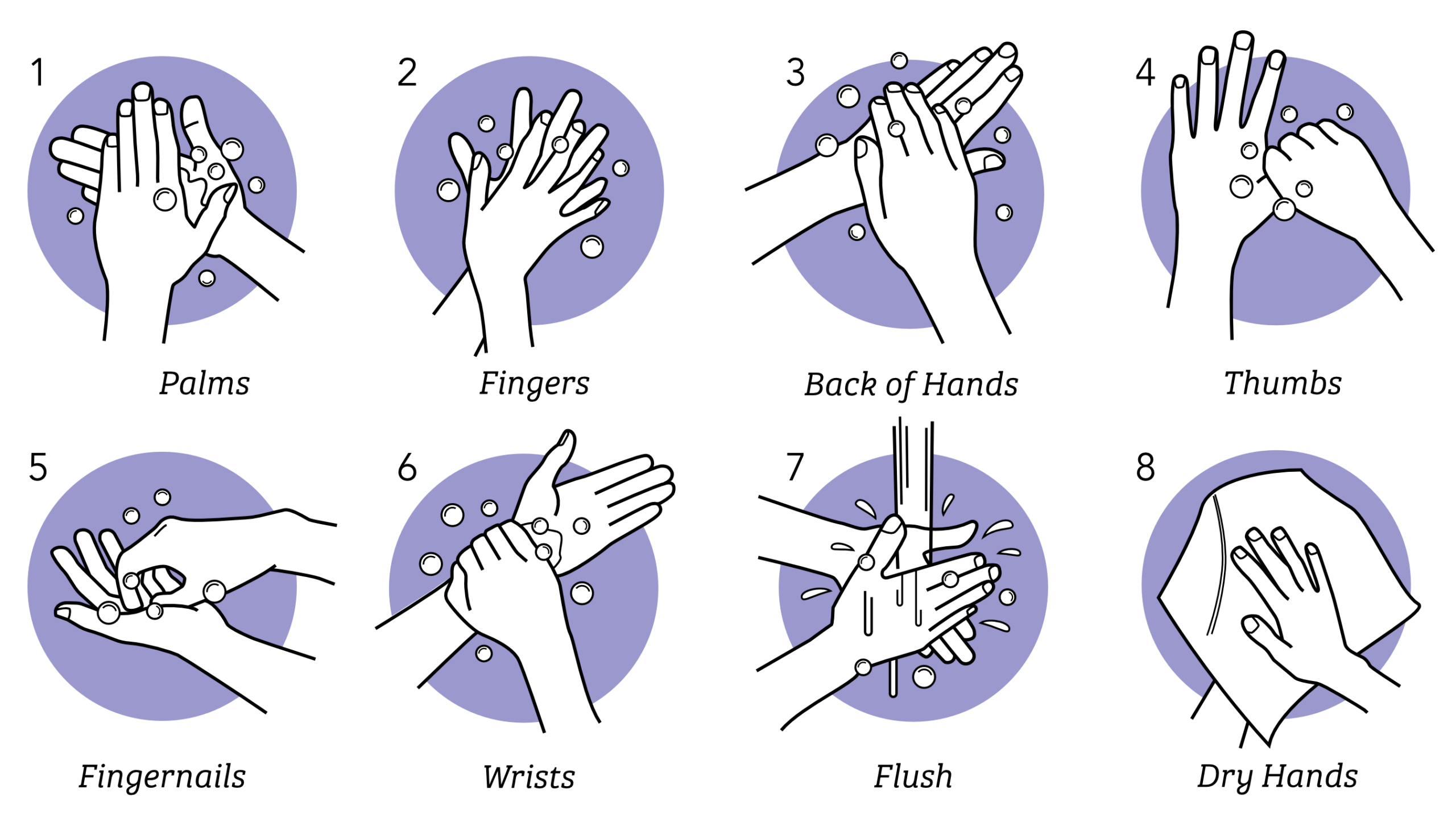
Handwashing Steps
Alcohol-Based Hand Disinfection
Alcohol-based hand disinfection (AHD) is an effective and cost-efficient alternative to soap and water. It is faster and easier to perform compared to handwashing. However, it can only be used when there is no visible contamination on the hands—in which case handwashing is preferred.
Studies have shown that the use of AHD is known to improve hand hygiene compliance rates and reduce the transmission of pathogens.
When decontaminating the hands using an alcohol-based product, the recommended amount of product is applied to one hand. It is important to ensure that all surfaces of the hands and fingers are covered with product. The hands are then rubbed together until they are dry.
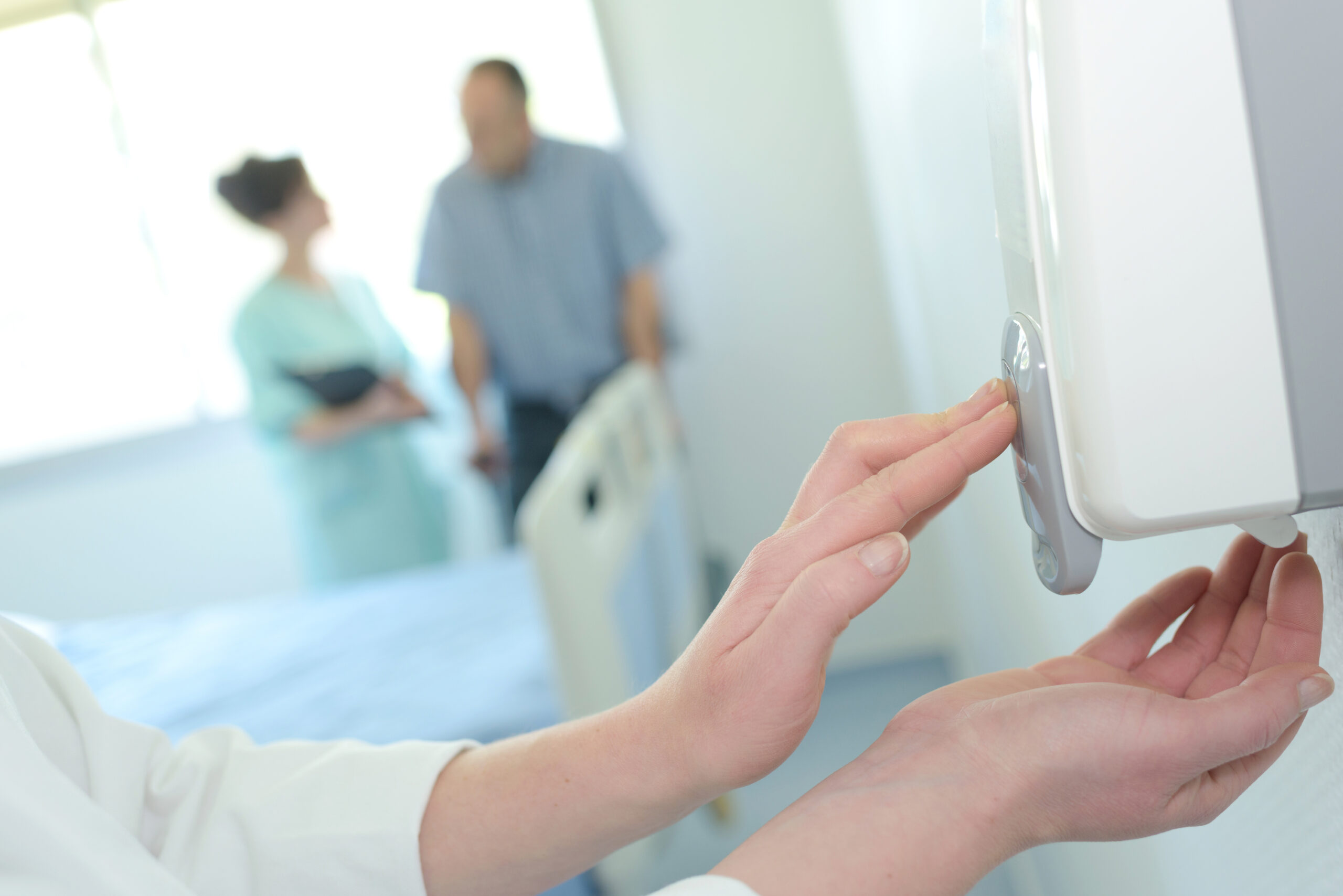
Alcohol-Based Hand Disinfection
Artificial Nails
Healthcare personnel should have fingernails that are short, clean, and free from artificial nails and nail polish. Long or artificial nails are more likely to harbor pathogens than short fingernails. Long and artificial nails may cause outbreaks of infection in the medical setting.
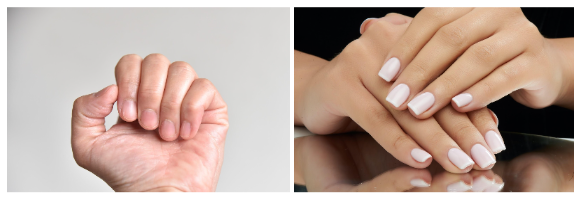
Fingernails should be natural, short, and clean in the hospital setting, making sure to avoid artificial nails and nail polish.
Key Takeaway
- First responders must have clean, short fingernails.
- Artificial nails and nail polish harbor pathogens.